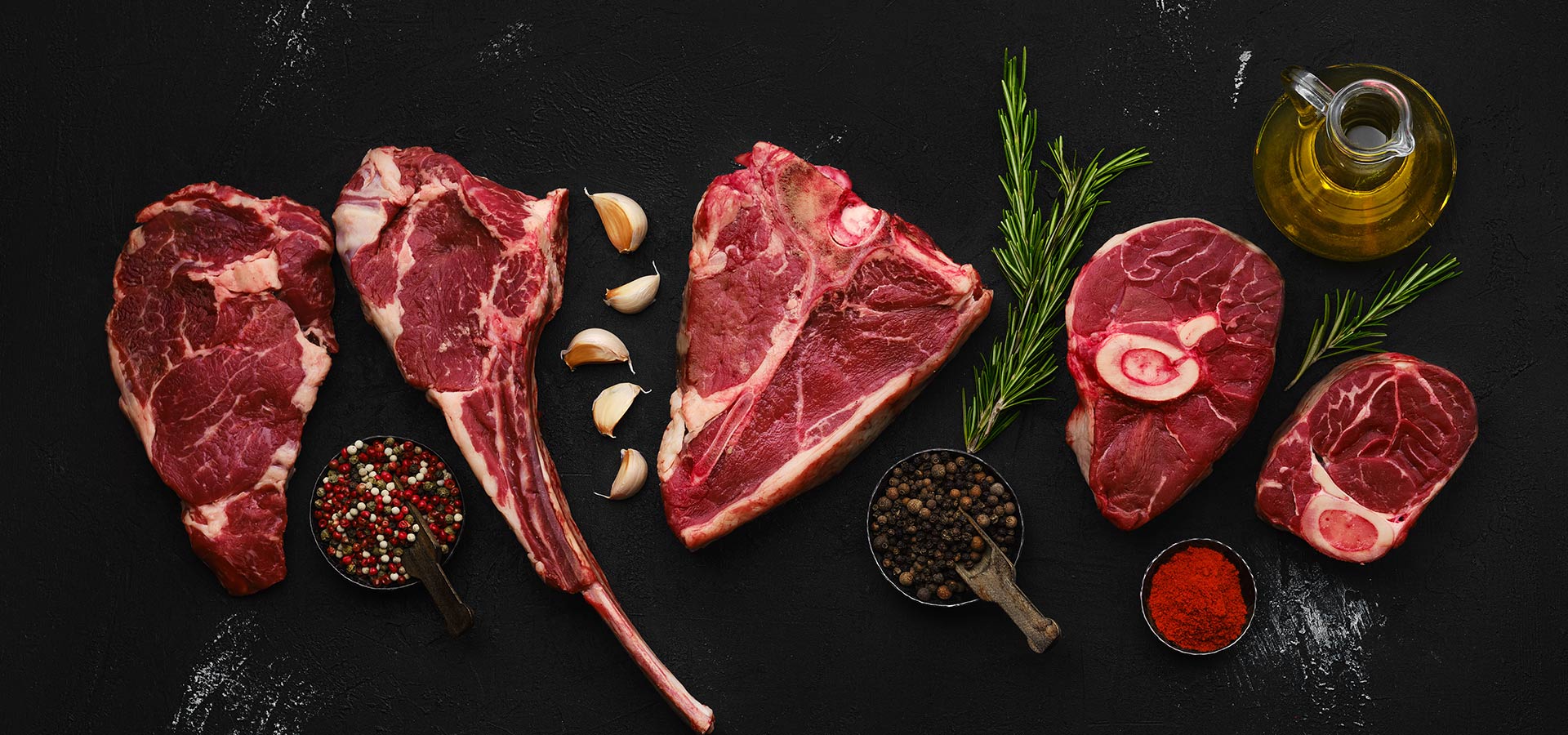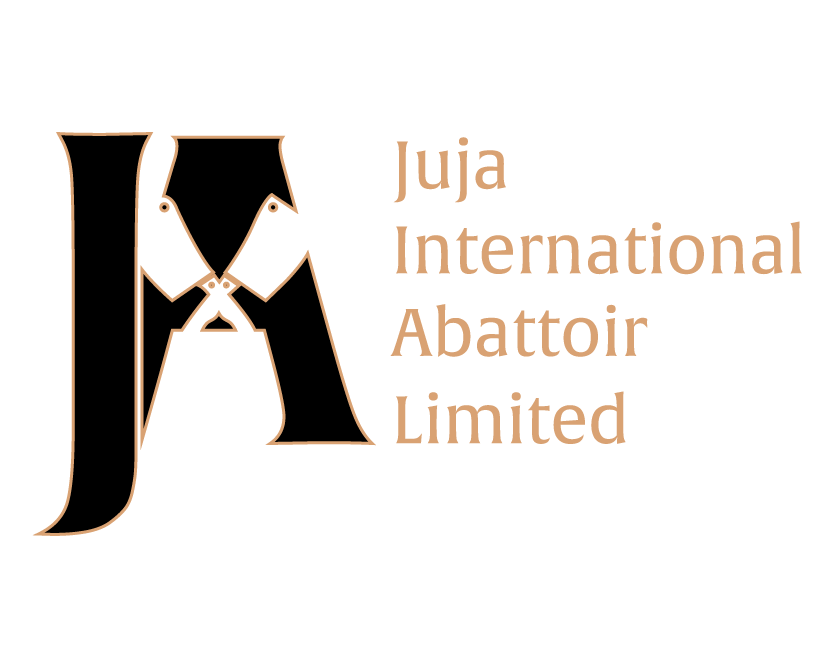Red meat—beef, sheep, goat, camel—is a major part of Kenyan diets and culture. As more people move into cities, incomes rise, and food standards become more stringent, consumers increasingly expect red meat that is safe, high quality, ethically produced, and sustainably sourced. For Juja Abattoir, grasping how red meat supply works across Kenya is essential to delivering on those expectations and staying ahead in quality and trust.
Current Status of Red Meat Supply in Kenya
- Kenya’s total meat production recently broke records: over 556,000 metric tonnes produced in a single year, valued at more than Kenya Shillings 300 billion. Red meat (beef, mutton, chevon, camel) showed higher growth than white meat.
- Domestic consumption covers about 65% of all meat produced; the rest is for export or lost in the supply chain.
- The country still has a red meat deficit of roughly 250,000 metric tonnes annually—national demand is greater than what local production is currently delivering.
- Per capita red meat consumption is around 15–16 kg per year, though this varies by region, income group, and availability.
- Most of red meat supply comes from pastoral and agro-pastoral systems, especially in arid and semi-arid lands (ASALs). Beef is the largest share of red meat consumed; sheep, goats, and camels contribute smaller but still important shares.
Key Challenges in Red Meat Supply
- Feed & Forage Shortages
Many livestock producers rely on natural grazing, which is seasonal and unreliable. During dry periods, forage quality and quantity drop, feed becomes costly or unavailable, and animal growth suffers. - Animal Health Risks & Disease
Outbreaks of livestock diseases, parasitic infestations, and weak veterinary services—especially in remote or ASAL areas—reduce livestock productivity, increase mortality, and threaten meat safety. - Genetics & Inefficient Breeding
A large portion of animals are of local breeds or mixed stock that may not deliver optimal meat yield, growth rate, or meat quality. There is limited scaling of improved breeds, cross-breeding, or breed-adapted feeding regimes. - Infrastructure Gaps & Cold Chain Issues
Poor transport infrastructure, long distances from farms to slaughterhouses, insufficient refrigerated transport and storage, inadequate slaughter and processing facilities all contribute to post-slaughter losses, meat spoilage, uneven quality, and reduced shelf life. - Quality, Safety & Regulatory Compliance
Inconsistent standards, variable hygiene in handling, lack of traceability, and weak enforcement undermine consumer trust. Meeting export or premium market standards is even more difficult under these inconsistencies. - Market Access & Price Volatility
Many producers are small scale, with limited bargaining power. Livestock price fluctuations, feed cost spikes, droughts, and disease events make planning difficult. Red meat from Kenya sometimes is uncompetitive on export markets due to high costs locally.
Opportunities & What Juja Abattoir Can Do
- Establish strong quality assurance and traceability systems to ensure meat safety and build consumer trust. From farm through transport, slaughtering, chilling, packaging—every step should be monitored and verifiable.
- Support breeding programmes: invest in genetics that improve growth rate, carcass yield, meat tenderness, and consistency, including crossbreeding where appropriate.
- Improve feed security: develop forage cultivation, promote feed conservation (silage, hay), explore drought-resistant forage types, use local feed resources to lower costs.
- Invest in infrastructure: modern abattoirs, cold storage facilities, refrigerated transport, and good logistics to reduce losses and preserve meat quality from slaughter to market.
- Partner with producers (pastoralists, ranchers, small and medium scale) and support them with training, veterinary services, breeding, inputs, so that the supply of quality red meat becomes more consistent.
- Take advantage of government and private sector initiatives aimed at scaling feedlots, improving processing capacity, and enhancing livestock productivity.
- Position Juja Abattoir for premium markets—both domestic (restaurants, hotels, supermarkets) and export—where consumers are willing to pay more for safety, quality, ethical production, traceability, and sustainability.
Why Quality, Ethics & Sustainability Matter
- As more consumers become educated about health, food safety, ethical animal treatment, and environmental impact, red meat suppliers who can deliver on these fronts gain a competitive edge.
- Sustainable practices help buffer risk: droughts, climate variability, feed shortages, disease outbreaks are somewhat mitigated when production systems are more resilient.
- Consistent quality and compliance open doors to higher margins, premium markets, exports, and better reputation.
Conclusion
Kenya’s red meat supply sector has both strong foundations and significant potential. Demand is rising, value is growing, but supply still faces challenges around feed, health, genetics, infrastructure, and regulatory compliance. For Juja Abattoir, focusing strategically on improving genetics, strengthening quality controls, investing in infrastructure (especially cold chain), and building strong partnerships with producers will be key to setting high standards, meeting demand reliably, and establishing leadership in red meat supply in Kenya.








